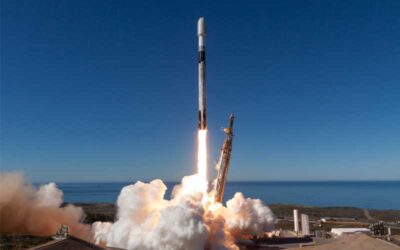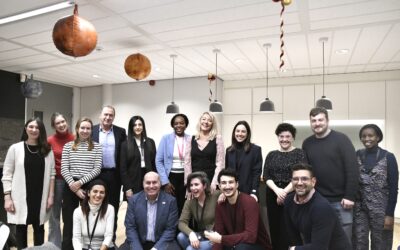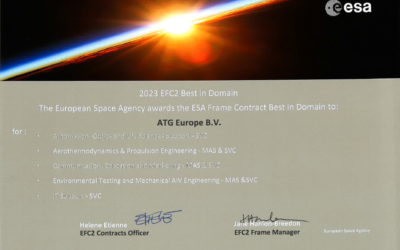Kees van der Vijver: How to bring to life the unknown
On Wednesday, March 6, 2024, we had the pleasure of meeting our 3D artist Kees van der Vijver. With many years of contributing to the space industry by ‘giving wings to many projects to soar,’ we find inspiration in Kees’s remarkable career journey. In this interview, he reveals the behind-the-scenes process of producing the media package for the EarthCARE mission—the largest and most complex Earth Explorer’s mission to date. Kees shares his personal approach to breathing life into objects and places he has never seen.
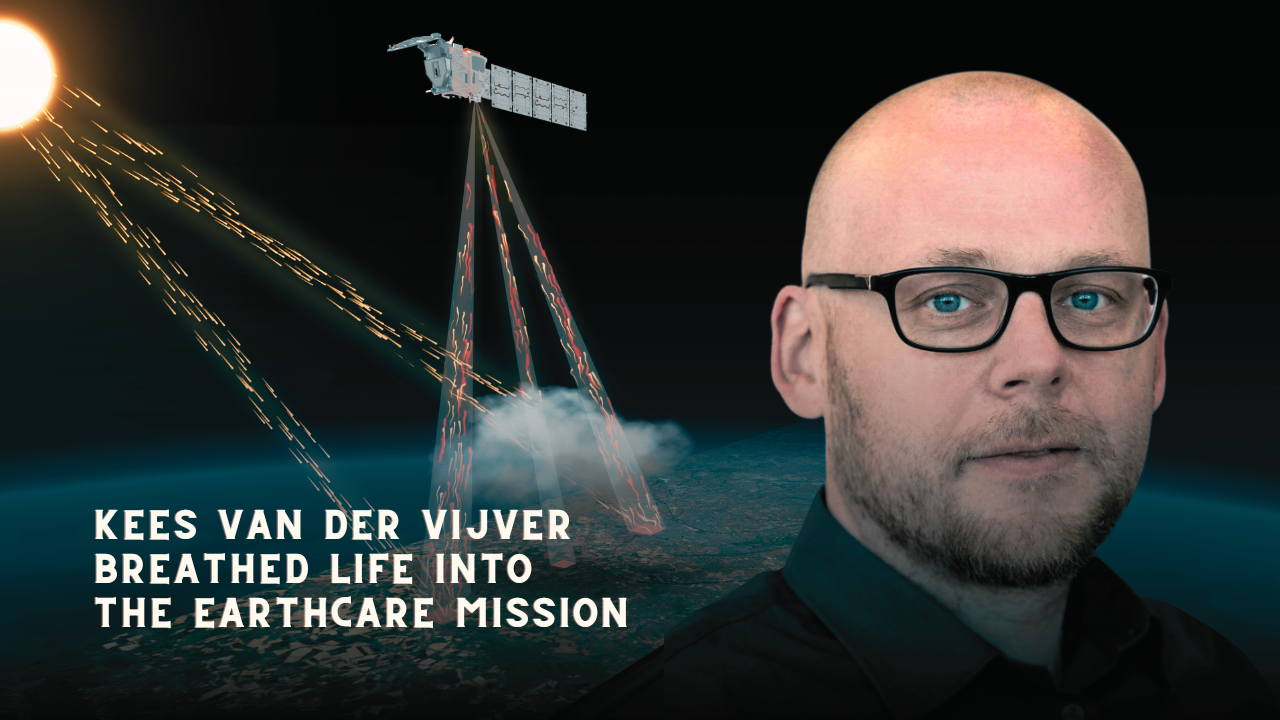
– How did your 3D animation career journey all begin?
I’ve always been passionate about games, animation, drawing, and art. When the time came to pick a school, the obvious choice for me was a graphic design course. However, my path took an exciting turn when 3D animation was introduced, making me switch. Back in those days, 3D animation wasn’t a widespread concept and only gained recognition with the release of the first Jurassic Park film. Luckily, I was among the early artists to be trained to use these emerging tools.
From the beginning, I’ve had the opportunity to animate many objects and places, even those I haven’t experienced firsthand. To bridge this gap, I often study the subjects of my production, ensuring I grasp every detail necessary to achieve near-perfect output. As a result, my imagination and curiosity to explore further have been constant companions in my work.
– Can you tell us more about the project you’ve worked on (EarthCARE)?
ESA’s EarthCARE (Cloud, Aerosol and Radiation Explorer) mission is the largest and most complex Earth Explorers to date. Due for launch in 2024, the EarthCARE mission is a European-Japanese mission to improve the representation and understanding of Earth’s radiative balance in climate and numerical weather forecast models.
I produced a media package that includes a 3D animation to demonstrate how the spacecraft makes measurements by a combination of four instruments (Multispectral Imager, Cloud profiling radar, Atmospheric LIDAR, Broadband radiometer), that together will shed new light on the role that clouds and aerosols play in regulating Earth’s climate.
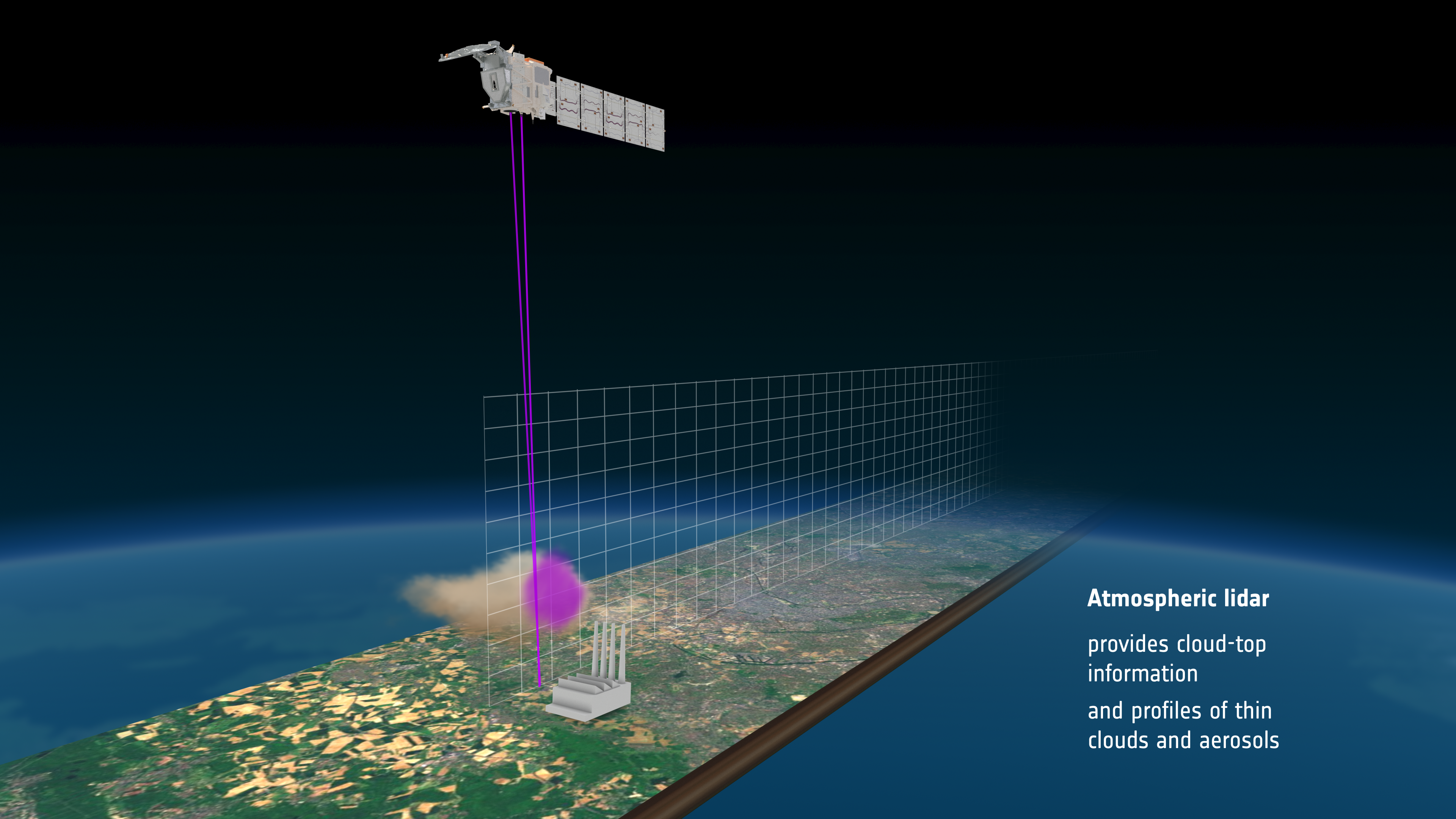
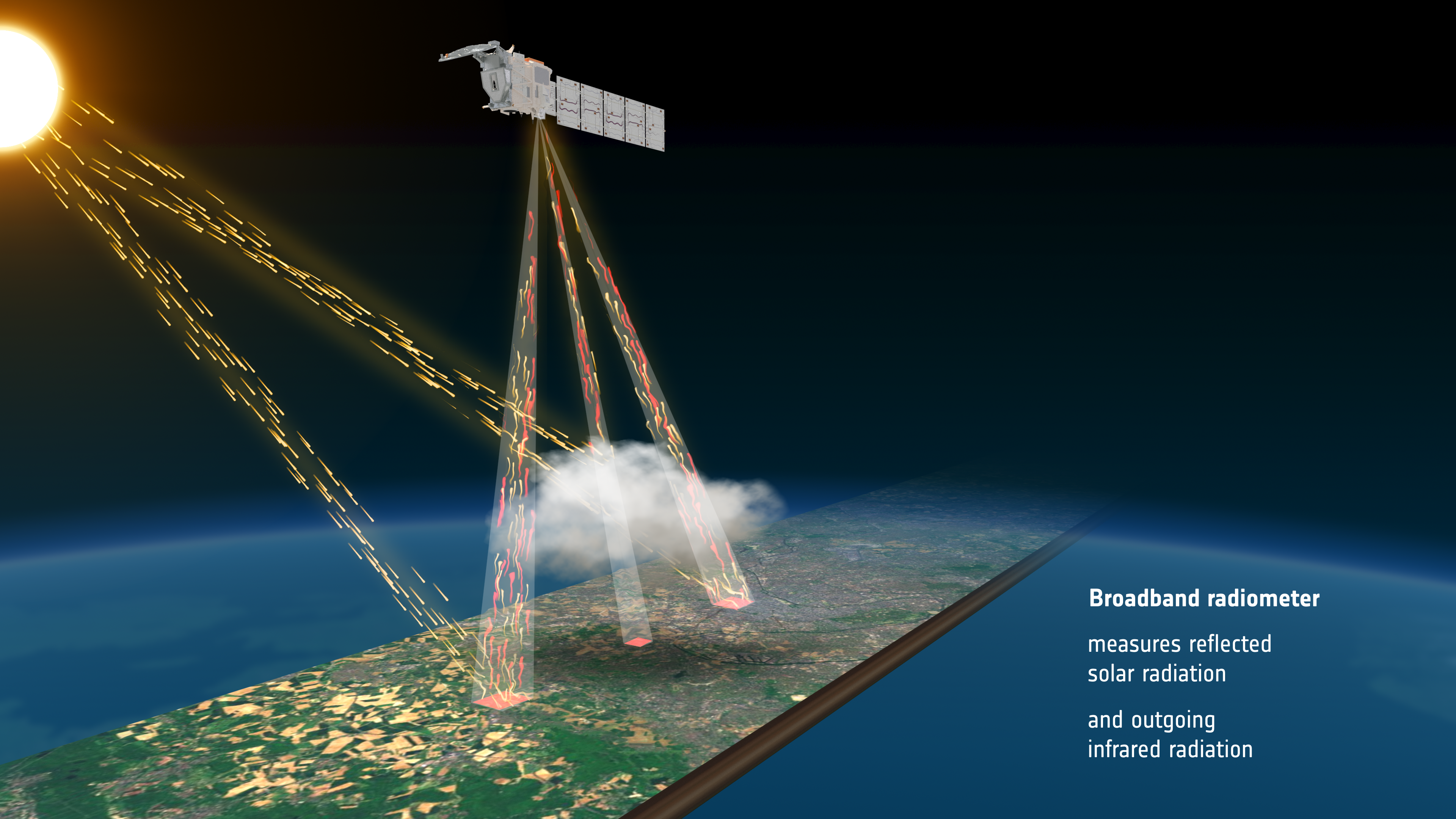
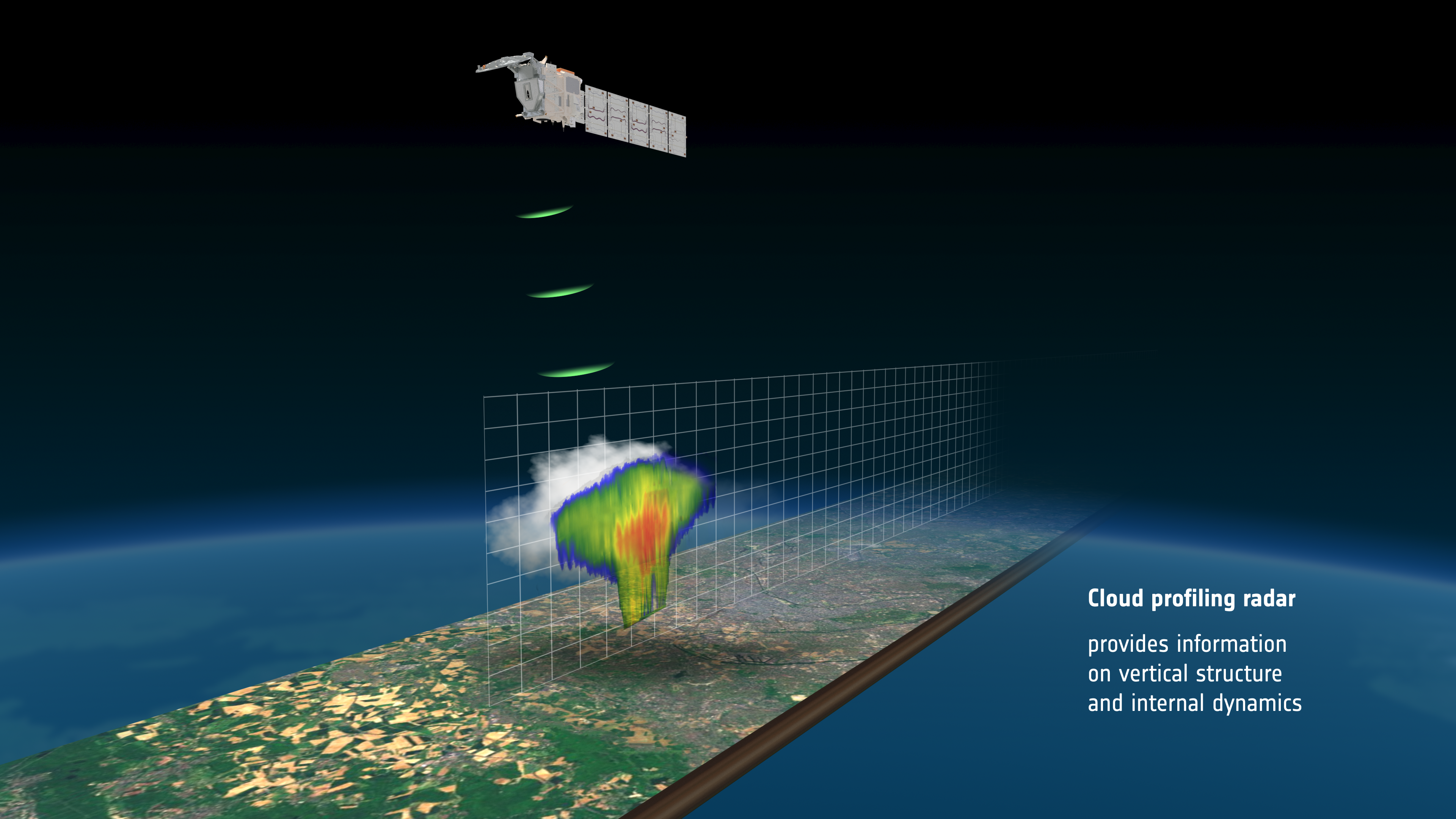
– How was the process of the animation production going?
In this complex project, the ESA project team, consisting of mission-focused scientists and communication experts, had multiple discussions. I worked closely with them to find the perfect balance between scientific accuracy and captivating design. With each team member sharing their views on animation aesthetics, it took some back-and-forth, but in due course, a final product was achieved that pleased everyone in the team.
It was a long but great journey… but I enjoyed it, and I think the result is worth it.
When ESA launches these kinds of projects, the plan is always to have these animations available on their website to be used in news articles, TV programs, social media or other media. I am happy that my work can help promote the mission and help audiences to visualize the technical aspects of the project in a more aesthetically pleasing way.
Click here to watch the 3D animation.
– Did you have to find a creative solution to a particularly challenging aspect of the project?
The project is huge and has many entities involved, so it is very important to be politically sensitive. Apart from the technical accuracy, we made sure to include certain countries in the animation because they funded or worked on the satellite. To highlight some of these countries I should really find a creative solution. For Italy, in particular, I created a reflection in the Atmospheric LIDAR.
This is an example of some tricks and special skills that I accumulated over time to match all the customers’ requirements but keeping the result still eye-pleasing.
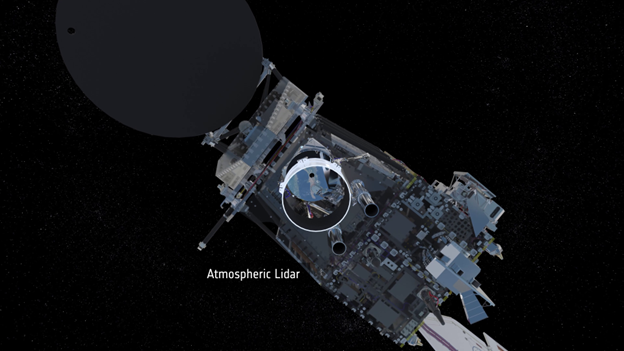
– What about innovation in your working routines?
Our job requires us to stay updated on the latest trends and personally, I often experiment with new technologies in my free time. I used OpenAI for the first time when it was not as popular as today.
Our primary focus lies in animation, and we’ve noticed that AI is gradually becoming capable of handling animation tasks. OpenAI, for instance, is developing software for scenes from text instructions, not just static images, and the results look promising.
However, I’m not worried that AI is going to take over our job. Our work is highly specialized, requiring specific details that may be challenging for AI. For instance, tasks like describing a satellite’s position and orientation are complex and demand a level of precision that I believe AI won’t achieve in the next future. Additionally, there’s an emotional aspect to our work that requires human intuition, something I don’t think AI is going to replicate successfully in the near future.
Thank you, Kees for sharing with us interesting stories about your career and also the process of making a 3D animation. Please visit this link to watch the full animation video of the EarthCARE mission!
